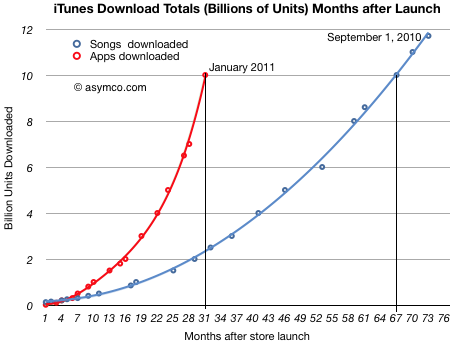Do we have to talk about "conversation"…?
 It’s the basis of humans living together. It’s the essence of people getting in touch with each other…, and finally doing business together. It builds the fundament of collaboration, of cooperation. It’s the breath of the age of social. What is “it”…? Well, it’s not rocket-science. And still it seems to be the never-ending challenge for companies, for brands, and especially for people who are running the business. It is… conversation.
It’s the basis of humans living together. It’s the essence of people getting in touch with each other…, and finally doing business together. It builds the fundament of collaboration, of cooperation. It’s the breath of the age of social. What is “it”…? Well, it’s not rocket-science. And still it seems to be the never-ending challenge for companies, for brands, and especially for people who are running the business. It is… conversation.
Do managers really have to talk about “conversations”?
Yes, we do! Don’t you agree? And we all know why. We are getting sad about the way managers (don’t) encourage themselves to engage in conversations. How often do managers not respond to a written letter? How often did they not pick up your phone? How often have they not replied to emails? How often not shown any reaction to Facebook, Twitter and the likes?
Hello managers – wake up! There is somebody trying to have a conversation with you? You cannot argue what somebody wants before having listened to them, can you?! Ignoring is so easy and it happens so often. You can do better. You can participate. And your words have significance when you take part in a conversation.
How will traditional managers get new inspiration? How will they generate new connections? Yes, conversation is the answer…
Do brands really have to discover how to do conversations?
Yes, they do! They need to figure out what they want to be: person or economic construct. Active or passive conversationalists? Motivator or creator? Former sender or modern vendor? Brands might build a consitent dialogue but only value their opinion, playing according to their rules. Listening is where relevance brings brands back in the driver’s seat, and not making them sit still and beg that the driver (who ever that consumer is) knows the way towards to the targets.
Productivity, creativity, innovation, thought-leadership and ROI counts for brands. This M&M philosophy often goes straight against lose conversation. Brands have been shaped and formed around formal structures (organisations and meetings), planned grouping (= not Groupon but agendas), lead work-flows (step-by-step approach). In earlier years, conversations came with a coffee break, some biscuits, a cigarette on the floor. Conversation today comes with an email, a tweet, or a status update on LinkedIn at your desk. And they appear different in character and tonality, “the conversation mode is changing” as Eric Schmidt called it at the DLD11 in his augmented humanity speech.
How will brands find innovation in the future? How will brands get response to products and services? Yes, conversation is the answer…
Do companies really have to reinvent the human dialogue?
Yes, they do! Companies are made from (and made by) people. People always had not enough time in their lives. Conversations cost time. Time builds trust and drive efficiency. Email took us time, too. We had to learn how to communicate online. Not now anymore. We know how it works. It is just a different platform or technology every crucial department of your business will be using in the future, called Facebook, Twitter, Groupon, Quora or blogs. They will control our marketing efficiency, our sales opportunities, our upscale, our revenue sheets. And we won’t even know, when we don’t embrace and value the conversation on the social web.
Power to “processes, people, potential and possibilities” means opening up our mindset to a new way of conversation. A way that shows the value of starting the talk. A way that shows clients how companies rate their review, input and sharing of brand messages and product conversations. Customer just want to get the feeling that it is not a maschine out there they are buying from. They want to see the personal human touch that makes mistakes, laughs about themselves and answers when getting questions.
How will companies renew their strategy, their tactics, their visions…? How will companies build products that their customers want? Yes, conversation is the answer…
Spot On!
Conversations are the basis of your future business-strategy, as well as your web-strategy. This is nothing new, you knew it before. Companies have them multiple times every day. Brand can get engaged in them every minute on a day in the future. And you even more. Every minute you can have the chance to have conversations today. The only difference is that conversation is also happening online – not on the phone, not via fax, not via mail, not on the floor, or in meetings. You just have to embrace conversations… it is that easy.




 Facebook starts a new advertising format that focuses on the “check-ins” and “likes” of Facebook users, and thus their friends. The new commercial product uses the traditional business or product recommendations that can be seen in other ad formats of the company.
Facebook starts a new advertising format that focuses on the “check-ins” and “likes” of Facebook users, and thus their friends. The new commercial product uses the traditional business or product recommendations that can be seen in other ad formats of the company.
 The latest
The latest 
 One-on-one interview with John Hernandez
One-on-one interview with John Hernandez About two years ago, I have written about the World Economic Forum and your open social web-strategy. How do you think about your approach in 2008 today?
About two years ago, I have written about the World Economic Forum and your open social web-strategy. How do you think about your approach in 2008 today?